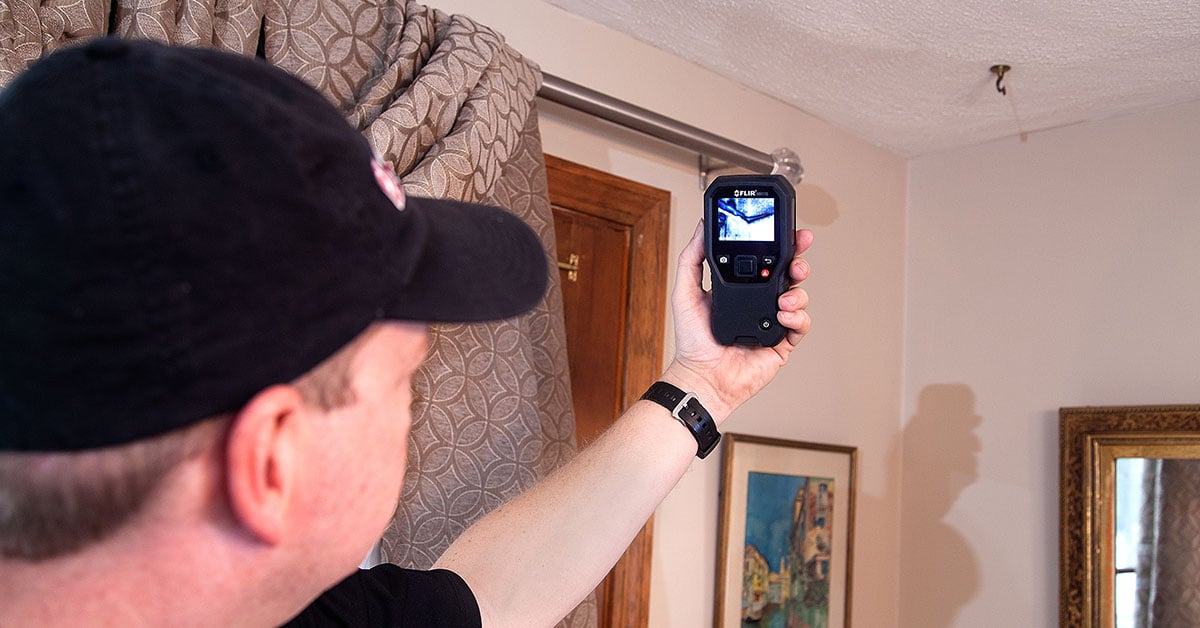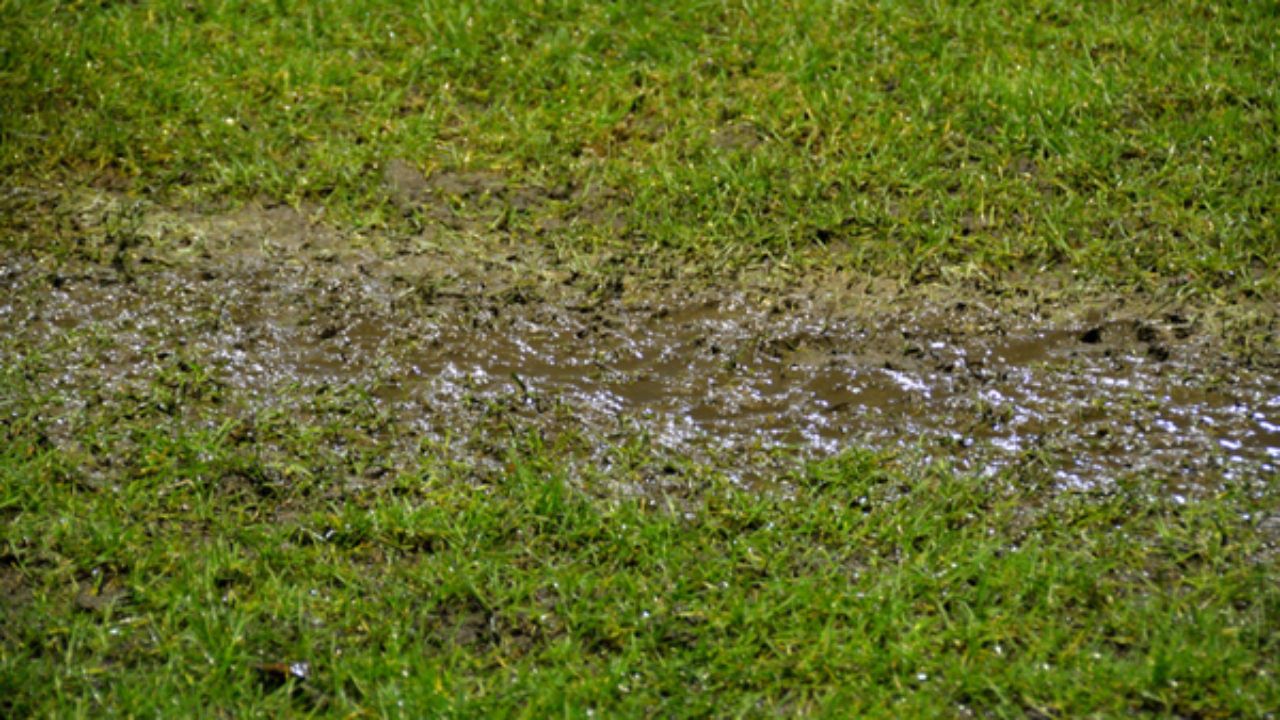Just how to Check If Your Home Has a Concealed Leakage
Just how to Check If Your Home Has a Concealed Leakage
Blog Article
Right here down the page you might get some superb answers relating to Detecting hidden plumbing leaks.

Early detection of leaking water lines can minimize a prospective calamity. Some small water leakages might not be noticeable.
1. Analyze the Water Meter
Every residence has a water meter. Examining it is a guaranteed way that helps you discover leaks. For beginners, shut off all the water resources. Guarantee nobody will flush, utilize the tap, shower, run the cleaning maker or dishwasher. From there, most likely to the meter as well as watch if it will certainly alter. Given that nobody is utilizing it, there ought to be no movements. That suggests a fast-moving leak if it moves. Likewise, if you find no changes, wait a hr or two and check back once more. This suggests you may have a slow leakage that could even be below ground.
2. Examine Water Intake
Assess your water costs and track your water usage. As the one paying it, you ought to notice if there are any inconsistencies. If you detect sudden changes, regardless of your usage being the same, it means that you have leaks in your plumbing system. Remember, your water bill ought to drop under the very same array on a monthly basis. An abrupt spike in your costs shows a fast-moving leakage.
A constant increase every month, also with the exact same practices, reveals you have a sluggish leakage that's likewise slowly intensifying. Call a plumber to completely examine your building, particularly if you feel a cozy area on your floor with piping below.
3. Do a Food Coloring Examination
When it pertains to water intake, 30% comes from bathrooms. Test to see if they are running properly. Decline specks of food color in the storage tank and wait 10 minutes. There's a leak between the tank as well as dish if the color somehow infiltrates your dish during that time without flushing.
4. Asses Exterior Lines
Don't fail to remember to examine your outdoor water lines as well. Should water seep out of the connection, you have a loose rubber gasket. One little leak can waste tons of water and also surge your water expense.
5. Evaluate and Analyze the Situation
Home owners must make it a behavior to check under the sink counters as well as also inside cupboards for any bad odor or mold and mildew growth. These two red flags indicate a leakage so punctual focus is required. Doing routine assessments, even bi-annually, can save you from a major problem.
Check for discolorations as well as damaging as many devices as well as pipes have a life span. If you suspect leaking water lines in your plumbing system, don't wait for it to rise.
Early discovery of leaking water lines can mitigate a possible calamity. Some small water leaks may not be visible. Inspecting it is a proven method that assists you uncover leakages. One little leakage can lose lots of water and also increase your water costs.
If you suspect dripping water lines in your plumbing system, do not wait for it to escalate.
WARNING SIGNS OF WATER LEAKAGE BEHIND THE WALL
PERSISTENT MUSTY ODORS
As water slowly drips from a leaky pipe inside the wall, flooring and sheetrock stay damp and develop an odor similar to wet cardboard. It generates a musty smell that can help you find hidden leaks.
MOLD IN UNUSUAL AREAS
Mold usually grows in wet areas like kitchens, baths and laundry rooms. If you spot the stuff on walls or baseboards in other rooms of the house, it’s a good indicator of undetected water leaks.
STAINS THAT GROW
When mold thrives around a leaky pipe, it sometimes takes hold on the inside surface of the affected wall. A growing stain on otherwise clean sheetrock is often your sign of a hidden plumbing problem.
PEELING OR BUBBLING WALLPAPER / PAINT
This clue is easy to miss in rooms that don’t get much use. When you see wallpaper separating along seams or paint bubbling or flaking off the wall, blame sheetrock that stays wet because of an undetected leak.
BUCKLED CEILINGS AND STAINED FLOORS
If ceilings or floors in bathrooms, kitchens or laundry areas develop structural problems, don’t rule out constant damp inside the walls. Wet sheetrock can affect adjacent framing, flooring and ceilings.
https://www.servicemasterbyzaba.com/blog/how-to-detect-water-leakage-in-walls/

I have been very interested in Leaking water lines and I'm hoping you liked the entire entry. Enjoyed reading our post? Please share it. Let other people find it. Thank you for your time invested reading it.
Report this page